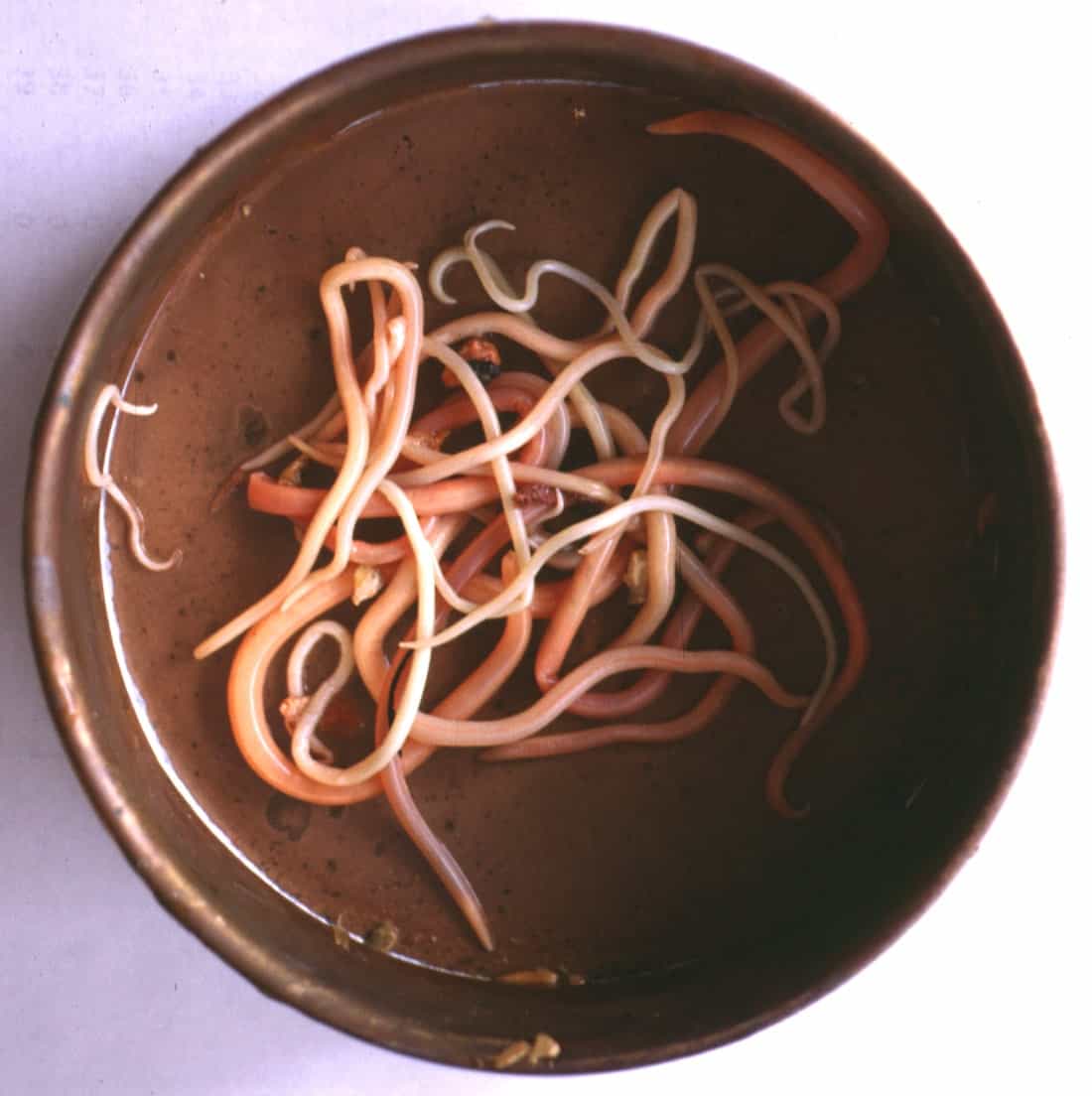Soil-transmitted helminth infections are among the most common infections worldwide and affect the poorest and most deprived communities. They are transmitted by eggs present in human faeces which in turn contaminate soil in areas where sanitation is poor. The main species that infect people are the roundworm (Ascaris lumbricoides), the whipworm (Trichuris trichiura) and hookworms (Necator americanus and Ancylostoma duodenale). (https://www.who.int/)
Global distribution and prevalence
More than 1.5 billion people, or 24% of the world’s population, are infected with soil-transmitted helminth infections worldwide. Infections are widely distributed in tropical and subtropical areas, with the greatest numbers occurring in sub-Saharan Africa, the Americas, China and East Asia.
Over 267 million preschool-age children and over 568 million school-age children live in areas where these parasites are intensively transmitted, and are in need of treatment and preventive interventions. (https://www.who.int/)
Global target
The global target is to eliminate morbidity due to soil-transmitted helminthiases in children by 2020. This will be obtained by regularly treating at least 75% of the children in endemic areas (an estimated 836 million in 2016).
Transmission
Soil-transmitted helminths are transmitted by eggs that are passed in the faeces of infected people. Adult worms live in the intestine where they produce thousands of eggs each day. In areas that lack adequate sanitation, these eggs contaminate the soil. This can happen in several ways:
• eggs that are attached to vegetables are ingested when the vegetables are not carefully cooked, washed or peeled;
• eggs are ingested from contaminated water sources;
• eggs are ingested by children who play in the contaminated soil and then put their hands in their mouths without washing them.
In addition, hookworm eggs hatch in the soil, releasing larvae that mature into a form that can actively penetrate the skin. People become infected with hookworm primarily by walking barefoot on the contaminated soil.

There is no direct person-to-person transmission, or infection from fresh faeces, because eggs passed in faeces need about 3 weeks to mature in the soil before they become infective. Since these worms do not multiply in the human host, re-infection occurs only as a result of contact with infective stages in the environment. (https://www.who.int/)
Nutritional Effects
Soil-transmitted helminths impair the nutritional status of the people they infect in multiple ways.
• The worms feed on host tissues, including blood, which leads to a loss of iron and protein.
• Hookworms in addition cause chronic intestinal blood loss that can result in anaemia.
• The worms increase malabsorption of nutrients. In addition, roundworm may possibly compete for vitamin A in the intestine.
• Some soil-transmitted helminths also cause loss of appetite and, therefore, a reduction of nutritional intake and physical fitness. In particular, T. trichiura can cause diarrhoea and dysentery. (https://www.who.int/)
Morbidity and symptoms
Morbidity is related to the number of worms harboured. People with infections of light intensity (few worms) usually do not suffer from the infection. Heavier infections can cause a range of symptoms including intestinal manifestations (diarrhoea and abdominal pain), malnutrition, general malaise and weakness, and impaired growth and physical development. Infections of very high intensity can cause intestinal obstruction that should be treated surgically. (https://www.who.int/)
In Ghana, a cross-sectional survey conducted by Adu-Gyasi et al., 2018 using 1,826 residents located in the middle belt of Ghana where no or very little previous community-based helminth work had been carried out reveals that overall intestinal helminth infection (mono- and polyparasitic) prevalence was 19.3% (305/1569) over the 12 months period for the middle–belt of Ghana, Africa. Considering polyphelminthiasis, 1.0% of the participants were infected with Hookworm and Hymenolepis nana/Hymenolepis dimunita while 4% had Hookworm infection with either of A. lumbricoides, H. nana/H. dimunita, S. stercoralis, T. species or Trichuris trichiura (Hookworm with each species was 0.8%).
For infection intensity, 36.9% of those who had Hookworm infections had light infection, whiles 7.7% had moderate infection and 55.4% had heavy infection. Intensity among the various age groups and the participants who used footwear are 83.3% had light infection, 16.7% had moderate infection and none were heavily infected. Trichuriasis, 33.3% had light infections, 22.2% had moderate infections and 44.4% had heavy infection.
How can the GIS Technology be used to join the fight against Soil-transmitted Helminths?
If you are reading this article before 1st June 2019, then Watch Out for our upcoming Webinar that discusses how GIS technology is been use to study this disease in Ghana.
If its after the the above date then watch the recorded version on our YouTube page:
https://www.youtube.com/channel/UCNvTkmUWSb4MIVetPh57jfg
Article by: Francis Andorful



Leave A Comment